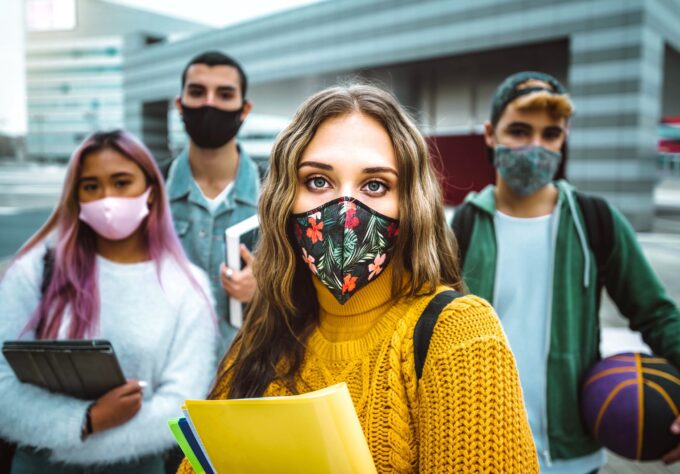Social media is a widespread way for teens and tweens to communicate. A recent survey on teen media use revealed that 39% of teens prefer Snapchat as their preferred social media channel, with Instagram a close second at 23%. Teens are spending more and more time being inundated with images, ads, and thoughts from not only their peers, but celebrities and other teens they may not even know.
Social media surely has its positive aspects. There’s no doubt it has helped raise money for good causes, and makes connecting easier. But teens and tweens can fall into traps that bring out the negatives of scrolling through pictures on Instagram or watching Snapchat stories. As we close out Mental Health Awareness Month, let’s take a look at how social media impacts kids’ mental health.
Studies Show…
The Royal Society for Public Health, based in the United Kingdom, looked at social media and the effects on teens. Their findings suggest that Instagram may be the worst for teens’ mental health — contributing to poor self-esteem, anxiety, and depression. Snapchat follows right behind. It’s concerning that the two top social media apps being called “dangerous” for teen mental health are also the most used — by far. Interestingly, YouTube seemed to have the most positive effects, but it’s also used less than other platforms.
The thought surrounding Instagram’s bad influence is this: The photos posted there are rarely the natural version — they have filters and edits, giving young teens an unrealistic comparison. Instead of just seeing glossy, altered images on magazine covers, teens today come across hundreds — or thousands — of “perfect” pictures a day on Instagram. And this can just increase their sense of insecurity.
Research also suggests that teens seek out the “likes” and positive comments on social media. The feeling they get when they see this reinforcement is coming from higher brain activity in reward centers. In other words, getting a like on social media is as rewarding to a teen’s brain as winning money.
What You Can Do
As a teen or parent, focusing on how you can help prevent the negative effects is important. It’s unrealistic to think that teens and tweens will quit social media, or that they’ll decide to delete Instagram because someone tells them it may influence their self-esteem negatively. But, as a parent, you can…
1. Remind your teen that social media apps like Instagram are not necessarily presenting real-life pictures.
There are filters, editing apps, and other features that can totally change a person’s appearance. And people often “curate” what they present on social media — selectively choosing the kinds of pictures and posts they share. That can make their lives seem much better, more appealing, more exciting, and more attractive than they really are.
2. Limit the amount of time they spend on Instagram and Snapchat.
Research suggest that teens who spend more time on these social media outlets have higher psychological distress. Phone use also counts as screen time, which should be limited to under two hours per day.
3. Remind your kids to put down their phones and make plans with friends in real life!
Social media can be isolating. Teens are able to communicate purely through their devices. In certain situations that can lead to social isolation, which also can have a negative impact on mental health.
4. Talk to your teens about their social media usage.
Have open conversations related to the good and bad of what they’re seeing — and offer support if they seem stressed or upset. Open communication is key.
Learn More About Mental Health and Social Media
- Media and Children Communication Toolkit (American Academy of Pediatrics)
- Teaching Kids to Be Smart About Social Media (Nemours’ KidsHealth)



